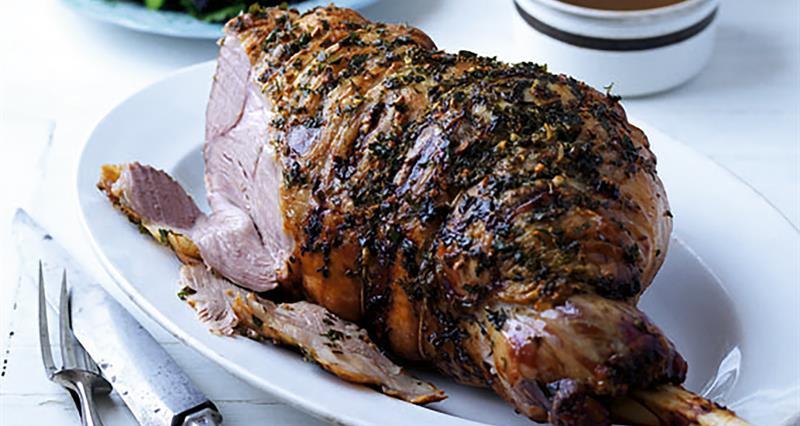According to the latest AHDB data lamb volumes remained 17% behind versus pre-covid 2019 levels and 18% down on 2021 levels (12 weeks to 4 September).
This trend has continued into November where lamb volumes were 16.3% lower versus the previous year (12 weeks to the 27 November).
Burgers driving growth┬а
The latest , shows stewing and diced/cubed saw a decline in volumes but a value growth of 9.4% and 4.1% due to price increases driven by inflation.
However, processed lamb has continued to see growth primarily driven by burgers and grills which saw a 20.3% increase in spend and volume growth of 9.7% (12 weeks to 27 November).
Grocery inflation is shaping shopping habits
Consumers are having to adapt their shopping habits to counteract the rising cost of living.
Lamb is perceived as a more expensive meat, as a result we have started to see switching between proteins with pork and chicken being the popular alternative driving a decline in volume.
According to a recent AHDB survey household consumption of lamb is reducing significantly.
Approx. 55% of respondents said lamb was tasty but only 30% said it was easy to cook with.
(Source AHDB)
Although it is seen as tasty lamb isnтАЩt seen as a versatile or easy to cook with meat when compared with other proteins.
However, cheaper lamb cuts have performed better in retail in the last year with opportunities for processed lamb products.
Frozen vs. fresh
sold through retail. Despite the cost-of-living crisis, consumers are not switching to this cheaper option.
Unlike red meat which saw fresh sales decline at 4.1% and frozen meat fall by only 0.4%, frozen lamb declined faster than fresh.┬а
Domestic lamb producers have for many years competed with imported lamb, mainly from (NZ) New Zealand.
The latest shows a significant increase in the volume of frozen product coming to the UK as more NZ product is diverted away from the Chinese market.
Imports of all NZ lamb categories were up 35% year on year in value terms and 10% up year on year in volume terms.
How is the NFU supporting producers?
╗╩╝╥╗к╚╦will be working to understand the challenges and opportunities facing the lamb sector in these challenging market conditions.
We will also be publishing a more detailed update which looks at lamb volume, value, trends and opportunities by reviewing our domestic and international markets.


